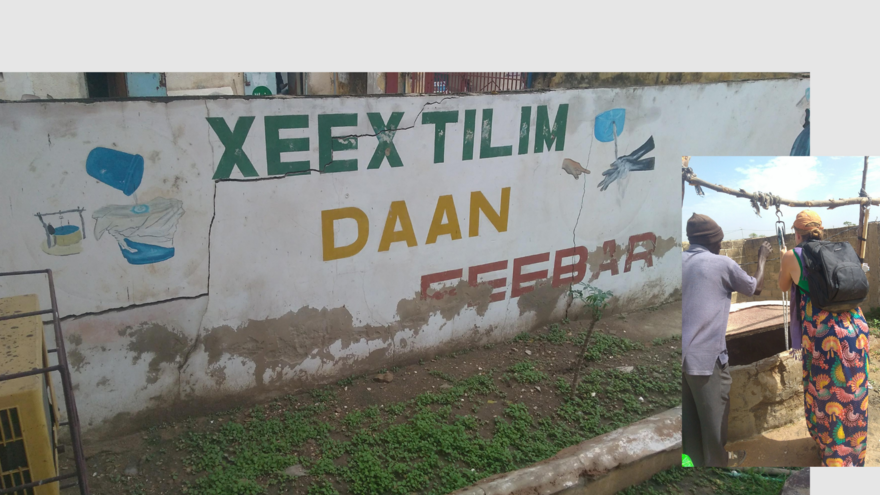Tensions around contradictory understandings of drinking water quality can pose challenges for governance, according to doctoral research by NMBU’s Elizabeth MacAfee.
– Kaolack, Senegal, where I conducted the field work for my PhD, is the 5th largest city in Senegal and notorious for poor quality drinking water. In particular, the water is salty and contains large amounts of fluoride which can stain peoples’ teeth yellow, red or brown. Locally the stains on peoples’ teeth are known as the “ID card of Kaolack”, PhD candidate Elizabeth MacAfee says.
Yet the water in Kaolack meets norms for potability and is considered of adequate quality by the tap water provider, MacAfee, from the Department of Urban and Regional Planning, Faculty of Landscape and Society, explains.
– Given this apparent disconnect, the aim of my project was to understand how multiple groups of people can be presented with the same water and draw entirely different conclusions about its quality.
These different understandings can be a source of tension between consumers, providers and the state. For instance, consumers in Kaolack feel misled by the provider’s claims that the water is of good quality when they regularly see evidence to the contrary. The provider feels they have put adequate effort into ensuring the quality of their water and are frustrated that consumers continue to complain or even reject and refuse to pay for the tap water.
MacAfee’s thesis draws attention to the fact that there are many different ways of knowing about drinking water quality, and even understanding what it is.
– For example, I found that the state writes about drinking water quality as an entirely quantitative thing that affects households and cities in consistent ways. They are concerned with measuring specific things and water and making assessments based on deviation from established norms.
Consumers, on the other hand, MacAfee explains, are concerned with drinking water quality in a qualitative sense that is context specific and individual. Rather than asking “how much of a substance is in water?” they are asking “Does this water meet the standards I have for safety, taste, smell, price, and so on?”
Based on these differences, consumers, providers and local or national state actors draw distinct conclusions about what reasonable responses to drinking water quality problems could be. While the state aims to purify all water to certain standards, consumers focus on treating only the water they intend to drink. This is in line with current debates about urban water governance and planning that ask whether heterogeneous infrastructure configurations based on small-scale treatment and multiple flows of water for different uses could in fact be more sustainable and affordable.
Thesis title: “Assembling drinking water quality and inequality: the case of Kaolack, Senegal”
Main supervisor: Synne Movik
Co-supervisors: Tim Richardson and Matthew Cashmore
The trial lecture and public defence will take place at 10.15h on Friday 14th January (a Zoom link will be provided for this digital event).
